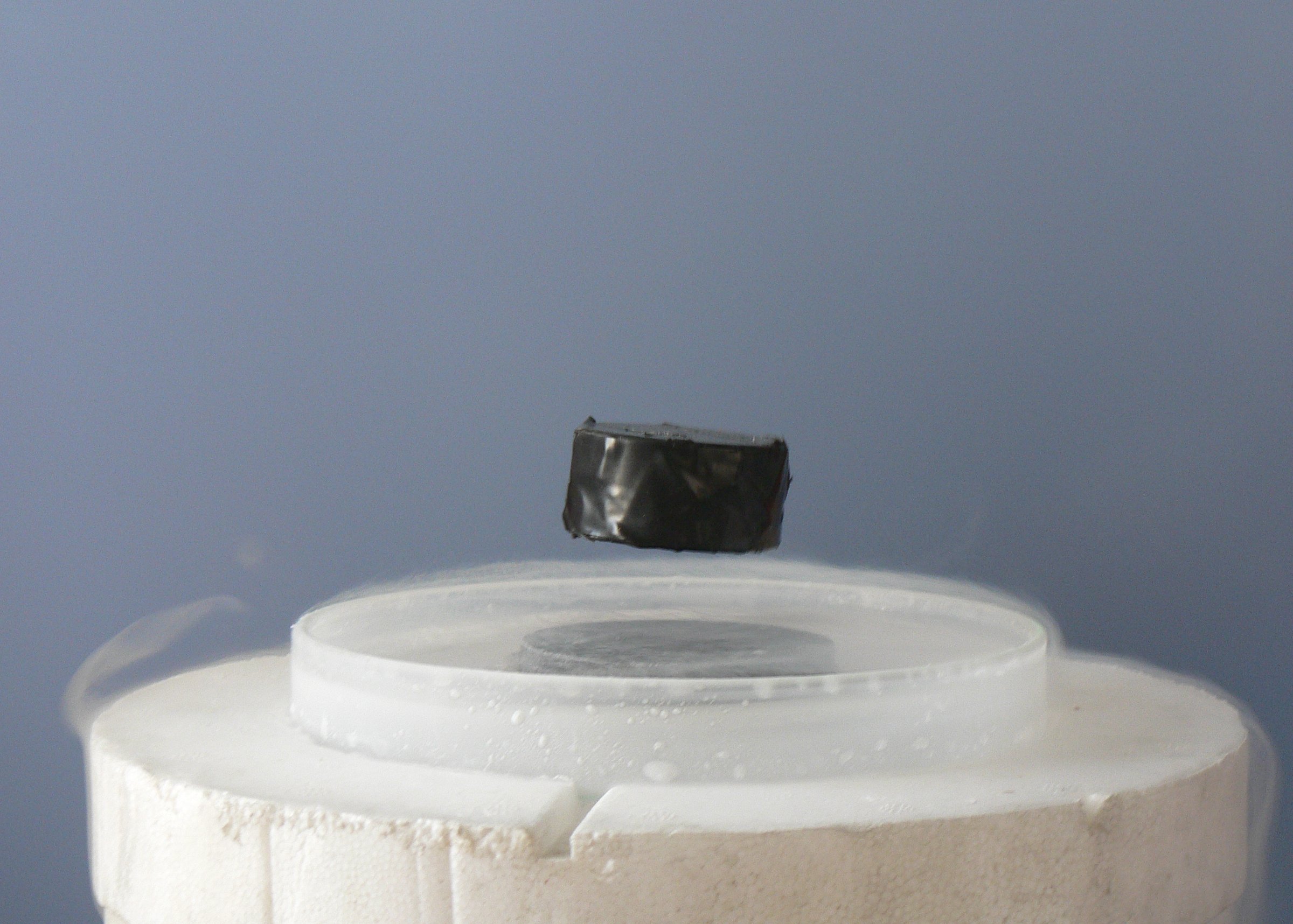Superconductivity
- Introduction to Superconductivity
- Theoretical Foundations
- Types of Superconductors
- Superconducting Materials
- Superconducting Phenomena
- Superconducting Devices
- Superconductivity and Quantum Computing
- Challenges in Superconductivity
- Future of Superconductivity
- Case Study: Superconductivity in Energy Sector
- Case Study: Superconductivity in Medical Field
- Case Study: Superconductivity in Transportation
Types of Superconductors
Unconventional Superconductors: An In-depth Study

Electrical conductivity with exactly zero resistance.
Unconventional superconductors are a fascinating and complex class of materials that do not conform to the traditional Bardeen–Cooper–Schrieffer (BCS) theory of superconductivity. Unlike conventional superconductors, these materials exhibit superconductivity due to electronic correlations other than electron-phonon interactions. This unit will delve into the characteristics, discovery, structure, properties, and theories of unconventional superconductors, with a particular focus on heavy fermion and organic superconductors.
Definition and Characteristics of Unconventional Superconductors
Unconventional superconductors are materials that become superconducting at low temperatures, but their superconductivity cannot be explained by the BCS theory. They often exhibit a variety of unusual properties, such as anisotropic superconducting gaps, non-s-wave pairing, and strong correlations between electrons.
Heavy Fermion Superconductors
Heavy fermion superconductors are a type of unconventional superconductor that contain elements with f-electrons, such as uranium or cerium. These materials are named "heavy fermion" because the effective mass of the conduction electrons is up to 1000 times larger than the free electron mass due to strong electron-electron interactions.
The discovery of superconductivity in these materials was a significant milestone. The first heavy fermion superconductor, CeCu2Si2, was discovered in 1979. Since then, many other heavy fermion superconductors have been found, including UPt3, UBe13, and CeCoIn5.
The structure of heavy fermion superconductors is typically metallic, with a lattice of heavy atoms that interact strongly with the conduction electrons. The properties of these materials, such as their critical temperature and critical magnetic field, are strongly dependent on the details of these interactions.
Organic Superconductors
Organic superconductors are another type of unconventional superconductor. They are composed of organic molecules, typically based on carbon, hydrogen, and other non-metallic elements. The first organic superconductor, (TMTSF)2PF6, was discovered in 1980.
Organic superconductors have a layered structure, with conducting planes of organic molecules separated by layers of insulating material. This structure leads to highly anisotropic properties, with much stronger superconductivity in the planes than perpendicular to them.
Theories and Models Explaining Unconventional Superconductivity
Theories explaining unconventional superconductivity are still a topic of ongoing research. For heavy fermion superconductors, the most widely accepted theory is the so-called "quantum criticality" theory, which suggests that superconductivity arises from quantum fluctuations near a quantum critical point.
For organic superconductors, the situation is more complex due to the anisotropic structure of these materials. Some theories suggest that superconductivity arises from fluctuations in the charge density wave state, while others propose that it is due to spin fluctuations or other types of electronic correlations.
In conclusion, unconventional superconductors are a rich and diverse class of materials that offer many opportunities for future research. Understanding these materials could lead to the development of new technologies and deepen our understanding of quantum mechanics and condensed matter physics.